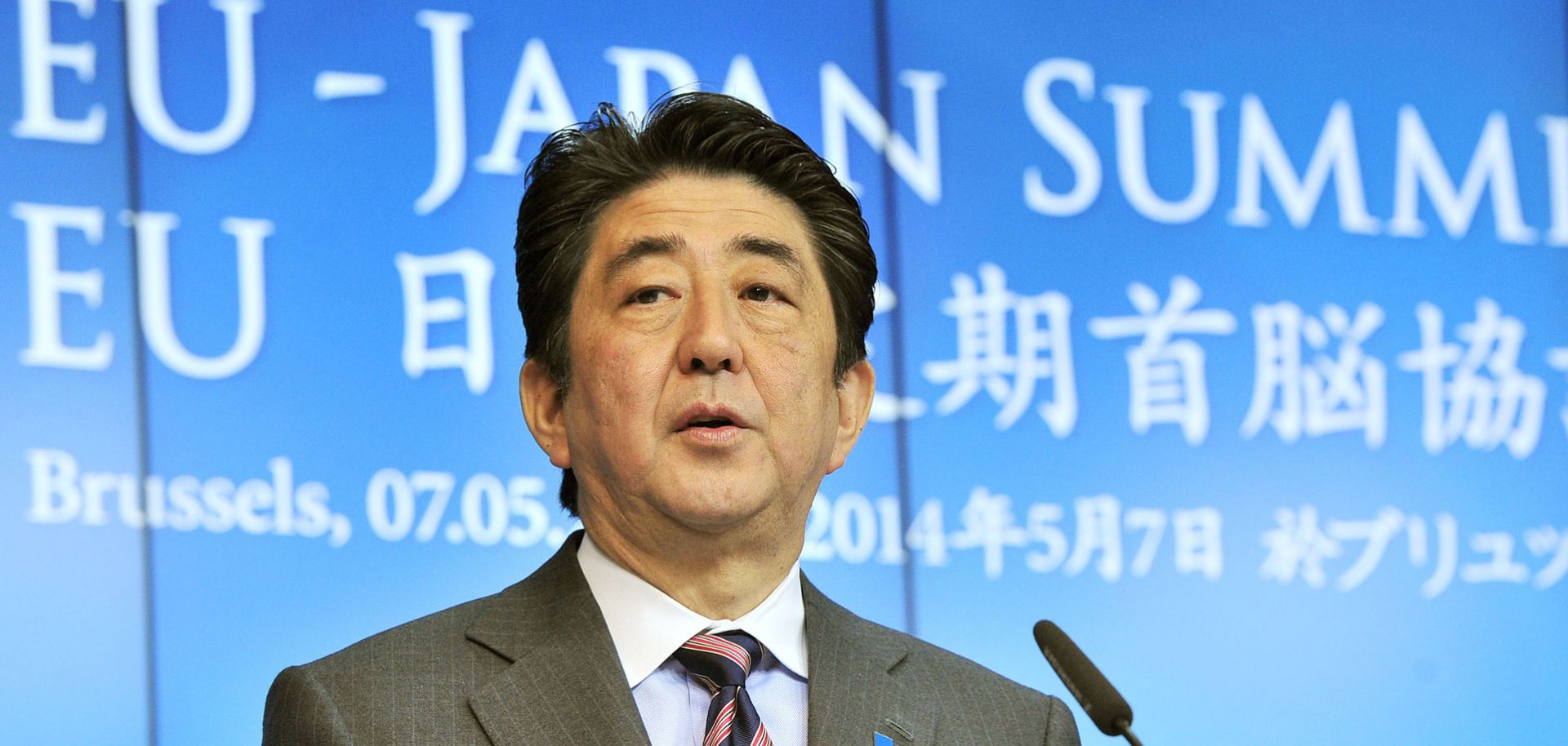ASSESSMENTS
How Quantitative Easing Differs in Japan and Europe
Apr 17, 2015 | 08:49 GMT

Japanese Prime Minister Shinzo Abe speaks at a press conference on May 7, 2014, at the EU Headquarters in Brussels.
(GEORGES GOBET/AFP/Getty Images)
Summary
The central banks of Europe and Japan are the last two major central banks that are actively pursuing quantitative easing — the process of buying government bonds to stimulate the economy by lowering interest rates and increasing the money supply. Global economic circumstances have been aiding the European recovery. They should soon begin helping the Japanese as well after Tokyo's self-imposed swing back into recession following a consumption tax increase last year. However, constraints to their quantitative easing programs will hamper both banks' maneuverability should they be required to open the spigots even further.
Subscribe Now
SubscribeAlready have an account?
